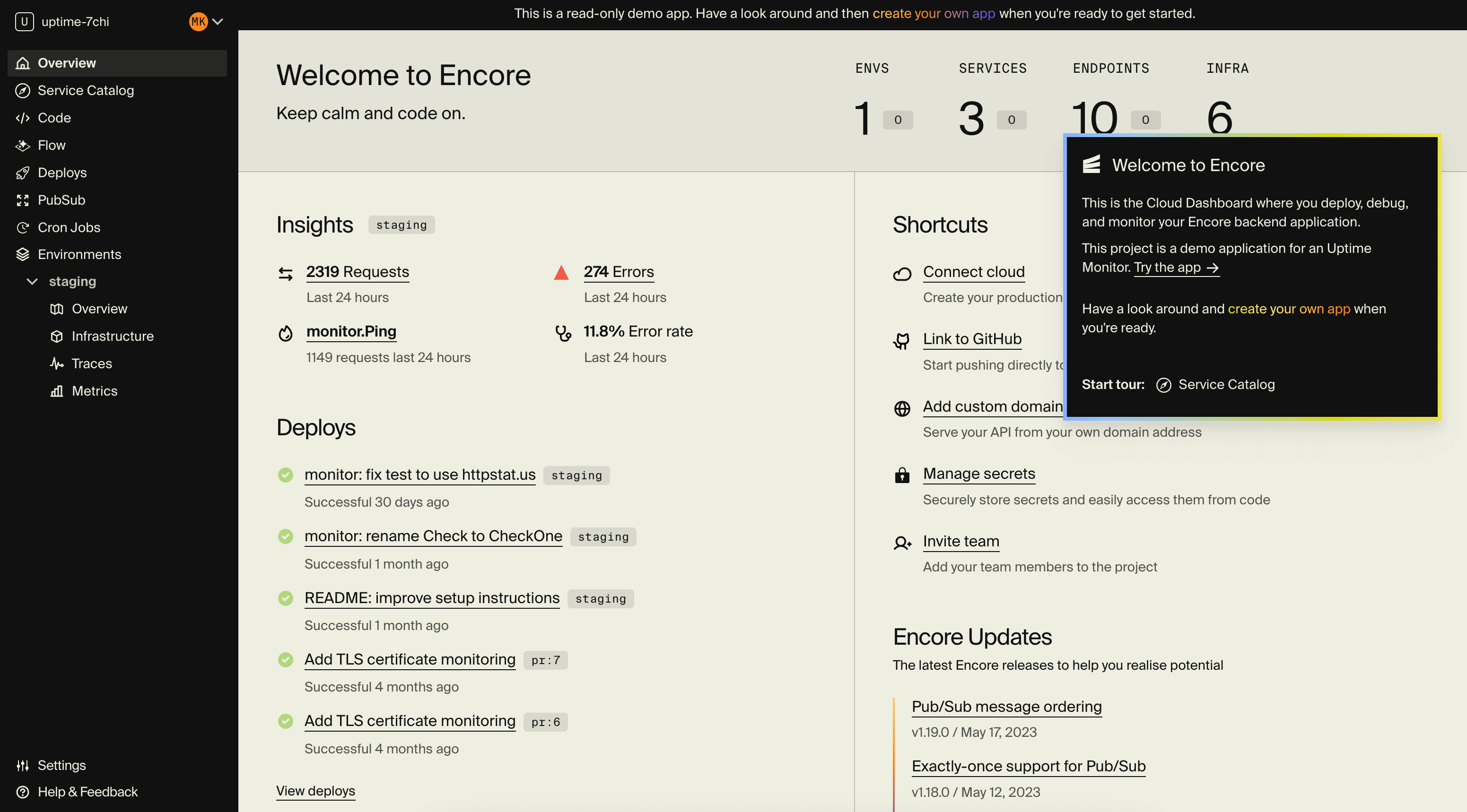Google Cloud Deployment Manager: A Comprehensive Guide for 2024
A look at Google Cloud Deployment Manager and other alternatives

Google Cloud Deployment Manager is an appealing service for Google Cloud Platform (GCP) users, providing a structured, automated way to manage GCP resources.
What is Google Cloud Deployment Manager?
Google Cloud Deployment Manager (GCDM) is a managed service provided by Google Cloud that falls under the category of Infrastructure as Code (IaC). GCDM is designed to enable developers and DevOps professionals to systematically create, manage, and update a collection of related Google Cloud resources.
At its core, GCDM utilizes YAML-based configuration files. These files define the GCP resources needed for applications. When these configurations are executed, GCDM provisions and configures the resources as defined, maintaining any interdependencies.
GCDM offers features such as:
- Automated Resource Management: Allows precise and consistent creation, management, and deletion of resources.
- YAML-Based Configuration: Promotes reusability and structure.
- Integrated with Google Cloud Services: Designed to work seamlessly with GCP's broad suite of services.
- Reusable Templates: Encourages code reusability with Jinja2 or Python templates.
In essence, Google Cloud Deployment Manager automates the deployment of infrastructure, fostering repeatable, consistent, and controlled cloud environments on the GCP. It helps mitigate manual, error-prone methods of creating and managing GCP resources, ensuring that the infrastructure remains in the desired state.
Google Cloud Deployment Manager: Benefits & Drawbacks
Benefits & Key Features
- Automation: Facilitates repeatable deployments across different environments.
- Integration with GCP Ecosystem: Seamlessly connects with Google Cloud services.
- YAML-Based Configuration: Enhances readability and maintainability.
Drawbacks
- Learning Curve: Can be challenging for new users, particularly those not familiar with YAML.
- Vendor Lock-in: Confined exclusively to GCP, hindering a multi-cloud strategy.
- Less Community Support: May lack extensive community support compared to some alternatives.
Alternatives to Google Cloud Deployment Manager
1. Encore

Encore Cloud is an alternative that caters to those looking for a more developer-centric and flexible approach to Infrastructure as Code.
Benefits & Key Features
- Cross-cloud Support: A standout feature, enabling the movement between different cloud providers without vendor lock-in. Encore lets you deploy your application to both AWS and GCP without any code changes.
- Developer-friendly Interface: Focuses on simplifying development by abstracting some of the underlying complexities, Encore's Backend Framework lets developers declare infrastructure directly in application code using the same programming language they are used to.
- Automatic Preview Environments: Encore provides temporary Preview Environments for each Pull Request, making it simpler to validate changes with faster feedback loops.
- Built-in Distributed Tracing: Encore applications are automatically instrumented with distributed tracing and key performance metrics, aiding in debugging and performance monitoring.
Limitations
- Language specific: With Encore your application code and infrastructure declarations are all in the same programming language, which means not all programming languages are supported. Currently Encore supports Go and TypeScript, with Python support coming soon. See the docs for the latest information.
Suitable For
Teams that want to concentrate on developing their application and prefer not to spend a lot of time or money on complex DevOps processes and manual setup of their infrastructure.
2. Terraform
Terraform is an open-source infrastructure as code (IaC) software tool created by HashiCorp. Unlike platform-specific tools like AWS CloudFormation, Azure Resource Manager, or Google Cloud Deployment Manager, Terraform provides a multi-cloud solution, enabling you to manage a diverse range of resources across different cloud providers.
Benefits & Key Features
- Multi-cloud Capability: Supports not only AWS but also Azure, GCP, and others.
- Strong Community Support: Extensive community contributions mean more modules and support.
Limitations
- Steep Learning Curve: It can be complex and daunting for newcomers as it requires learning a domain specific language to write Terraform configuration files.
- State Management Challenges: Managing state files, especially in large environments, can be tricky.
- Large overhead: Managing multiple environments for testing and staging can be very time-consuming as it requires creating Terraform configuration for each environment.
Suitable For
Teams with considerable DevOps expertise looking to control the details of their infrastructure configuration setup, with capacity to invest a significant amount of effort for maintenance.
3. Azure Resource Manager
Azure Resource Manager (ARM) is Microsoft Azure's take on Infrastructure as Code (IaC). It is a platform service that enables users to deploy, manage, and monitor resources within Microsoft Azure.
Benefits & Key Features
- Deep Integration with Azure Services: If you are fully invested in Azure, this is a strong positive.
- Visual Tools: Provides various visual tools for easier management.
Limitations
- Cloud Lock-in to Azure: Cannot be used with other cloud providers.
Suitable For
Businesses committed to Azure, seeking a powerful tool to orchestrate and manage their Azure resources effectively.
4. AWS CloudFormation
AWS CloudFormation is an Infrastructure as Code service specifically for Amazon Web Services (AWS). It uses JSON or YAML templates to manage AWS resources.
Benefits & Key Features
- Integration with AWS Ecosystem: Deeply intertwined with AWS services.
- Template-Based Configuration: Allows reusable code components.
Limitations
- Cloud Lock-in to AWS: Tied specifically to AWS.
- Complexity with Large Templates: Managing large and complex templates can be challenging.
Suitable For
Organizations that are heavily invested in AWS and require an integrated solution to manage their resources.
Expanding on Google Cloud Deployment Manager's Value
Google Cloud Deployment Manager's integration with GCP and its automation features offer a distinctive advantage for users operating within the Google Cloud ecosystem. Its ability to support reusability across various environments is notable. However, the vendor lock-in and potential lack of extensive community support can be concerns that organizations should weigh.
Choosing between GCDM and its alternatives hinges on individual needs and the broader ecosystem within which a team operates. With modern tools like Encore, which focuses on cross-cloud support, the landscape of cloud infrastructure management offers diverse choices.
Whether exclusively on GCP with Google Cloud Deployment Manager or leveraging the strengths of Encore, Terraform, Azure Resource Manager, or AWS CloudFormation, understanding the specific benefits and limitations of these tools will guide you in making the right decision for your team in 2024 and beyond.